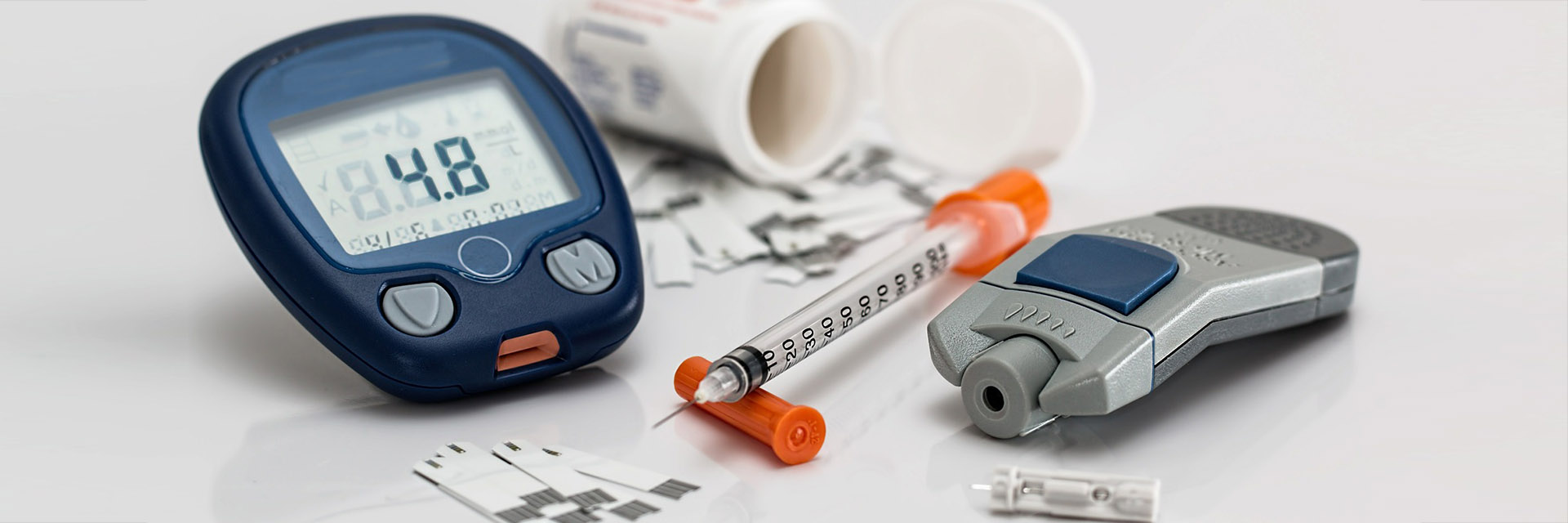Natural disasters such as wildfires, earthquakes, tornadoes and hurricanes seem to dominate the headlines and 24-hour news cycles these days. But if you’re a person living with diabetes and are caught in a disaster, managing your disease can be a challenge, especially when you need to quickly leave your home and find yourself in an unfamiliar environment.
Betsy Richter-Gifford, inpatient diabetes care and education specialist at the Diabetes Wellness Center at Texas Health Arlington Memorial, says the stress of diabetes management, along with unexpected factors like emergencies and natural disasters — or even something as simple as a power outage — can be minimized with a bit of preparedness.
With spring upon us and the potential for major storms, flooding and tornadoes in North Texas, we asked Richter-Gifford for advice on how individuals living with diabetes can keep Mother Nature or man-made disasters from wreaking havoc on their diabetes management.
What steps can people with diabetes — or their family members — take to prepare for natural disasters, power outages or other emergencies like evacuations?
“It’s ideal for people with diabetes to make and follow through on a plan, especially because we never know when disaster will strike,” Richter-Gifford says. “Managing diabetes on a daily basis can be hard enough but when we’re faced with an emergency, it can further complicate diabetes self-management. Having a plan in place before disaster strikes can help people living with diabetes better navigate diabetes management during a natural disaster or emergency evacuation-type event. Putting together a Diabetes Emergency Kit can give them — and their families or caregivers — great peace of mind.”
How can preparing a Diabetes Emergency Kit be helpful?
“Having a Diabetes Emergency Kit assembled and ready to go can save people living with diabetes time and worry in the event of an emergency or disaster,” she explains. “We’d all like to think we’d have the presence of mind to grab the right items in an emergency, but many people are so overwhelmed and stressed by the event that they may not be thinking clearly or prioritizing their own health. It’s much easier to have all of your needed items gathered and ready in one spot — in case you need to grab it and go at a moment’s notice.”
What items should be included in the Diabetes Emergency Kit?
“The kit’s contents will depend largely on the person who needs to access it, but it should contain a mix of documents, information and supplies,” Richter-Gifford says. “In addition, a list of medical allergies, pharmacy contact information, and a copy of the patient’s most recent A1C results should be packed in the kit. Of course, no kit is complete without diabetes supplies, including at least a week’s supply of all meds, test strips and lancets, as well as insulin pump supplies. Copies of the patient’s insurance card and driver’s license, which could get lost or destroyed in a disaster, should also be among the items.”
Is there an online resource that people with diabetes and their family members should review when putting together a Diabetes Emergency Kit?
“Yes! The Diabetes Disaster Response Coalition (DDRC) has made it easy,” Richter-Gifford says. “They’ve put together a comprehensive checklist that is an ideal guide for assembling a kit. I don’t think there’s anything they forgot! I’d also recommend keeping a copy of the list itself in the kit.”
Are there any special considerations about storing the kit?
“The DDRC suggests storing the kit in an easy-to-carry waterproof bag or container,” Richter-Gifford explains. “I would also recommend storing the kit in a place that’s easy to remember, and placing the kit near an exit if you anticipate a disaster and may need to quickly leave your location.”
How often should a person with diabetes or family member check or update the kit?
“That will depend on the expiration date of contents in the kit, but I also recommend checking contents — and expiration dates — following quarterly diabetes visits,” Richter-Gifford says. “It’s a great rule of thumb to make this a habit with each visit. That way you’ll have the assurance your kit is ready to go should disaster strike.”
Does Texas Health offer other resources to plan for such an emergency?
“Our team (physicians on the medical staff, nurses, dieticians and diabetes care and education specialists) at Texas Health Education Diabetes Centers is always happy to help people with diabetes learn to manage their condition,” Richter-Gifford says. “We offer classes and one-on-one counseling on a variety of topics from nutrition to medications, physical activity and stress management. We’re available to answer questions people with diabetes and their caregivers and family members have about managing the disease — and we’re a great source for questions patients have about preparing an emergency kit tailored to them.
“We try to make it easy for patients to access us close to home, with a variety of locations across the Dallas-Fort Worth area. We want our patients and their families to think of us as an important resource for information and questions that may arise. Managing diabetes can seem overwhelming at times — and we’re here to help!”
Need help managing your diabetes or getting back on track? Get in touch with one of the 10 Texas Health Resources Diabetes Outpatient Education Centers conveniently located across the region.

